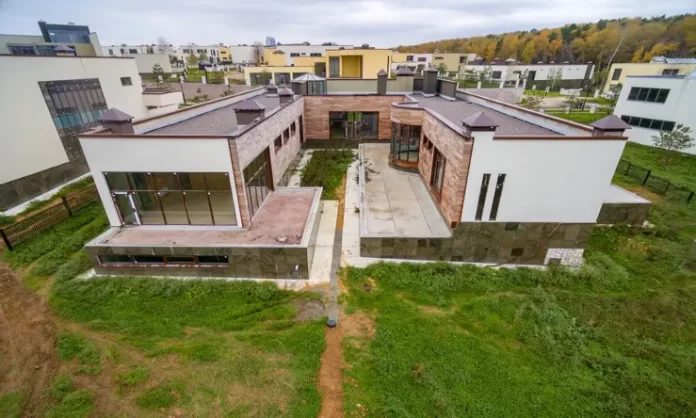A 6000 square foot house is considered a luxury mega-mansion by today’s standards. But is more square footage really the key to an ideal home? Let’s weigh the pros and cons of living large.
First, what exactly constitutes a 6000 square foot house? This size home is often 5-6 bedrooms and 7-8 bathrooms, with ample space for extended family and entertaining. The expansive square footage allows for amenities like home theaters, gyms, wine cellars, and more. These lavish homes can be found in affluent areas and luxury resort communities.
The luxury real estate market has been booming in recent years. With more high-net-worth individuals, demand has risen for homes in the top 5% in terms of size and amenities. While 6000 square foot mansions used to be rare, they are becoming more popular in certain pockets around the U.S.
Pros of a 6000 Square Foot House
More room for family & guests. Large families or multi-generational households may enjoy the spaciousness, privacy, and ability to accommodate relatives and friends comfortably.
Customized design. With ample space, owners can create one-of-a-kind features like a home theater, gym, game room, and more tailored to their interests.
Luxury amenities. In addition to size, mega-mansions allow for high-end finishes like gourmet kitchens, spa bathrooms, and smart home technology.
Cons of a Large 6000 Square Foot House
Higher expenses. From increased property taxes to soaring utility bills, larger homes have significantly higher maintenance costs.
Not eco-friendly. Larger square footage typically means greater energy usage, even if efficient systems are installed.
Unused space. Even large families may find it challenging to fully utilize all 6000 square feet on a daily basis.
Design Factors to Consider
Efficient layout. Well-planned floor plans allow the large space to feel intimate and functional for daily activities.
Multi-purpose rooms. Spaces like studies that transition to guest rooms or open kitchens that accommodate formal dining allow homeowners to maximize usable square footage.
Blending open & private areas. Homes this size often balance large communal areas with defined personal spaces for privacy.
Making a Large Home Eco-Friendly
Renewable energy. Solar panels, geothermal heating/cooling, and other green tech reduce the energy demands of larger homes.
Smart home automation. Controlling lighting, HVAC, security and more based on occupancy patterns improves efficiency.
Proper insulation. Upgrading attic insulation, windows, and other components is key to maintaining comfortable temperatures.
How 6000 Sq Ft Impacts Lifestyle & Family
More privacy. Even large families can spread out comfortably without compromising personal space.
Potential isolation. It may take more effort to maintain family closeness when people can retreat to separate wings.
Adapting over time. Large homes often evolve as families grow, shrink, and move through different life stages.
Financial Considerations of 6000 Sq Ft
High purchase price. These luxury mega-mansions range from $2 million to over $10 million in affluent areas.
Strong investment. In the right markets, large custom homes historically see stable long-term appreciation.
Financing challenges. Jumbo loans, high down payments, and excellent credit are typical requirements.
Alternatives to a Mega-Mansion
Smaller custom homes under 4000 sq ft provide luxury finishes in a more efficient package.
Multi-property ownership allows different homes tailored to lifestyle needs like vacation.
Some buyers invest more in coveted locations and experiences rather than sheer size.
In summary, 6000+ square foot mansions have unique pros and cons to weigh. They offer spaciousness for families, custom design, and luxury details. But higher costs, unused space and sustainability challenges should also be considered. Aligning your housing and lifestyle vision takes an honest assessment of your family’s values and functional needs.










